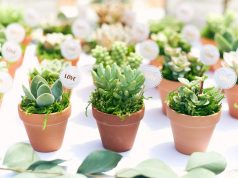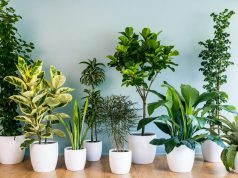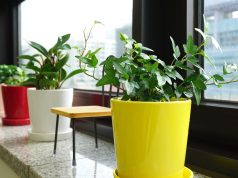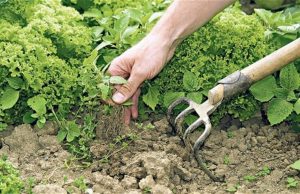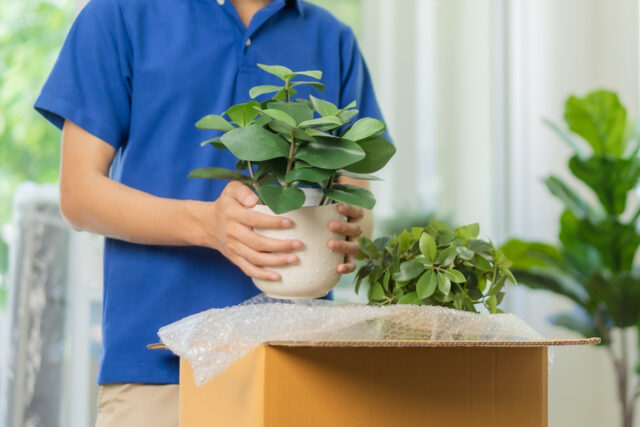
Relocation is at the same time exciting and a daunting experience. This adventure also comes with great responsibility. You will have many different tasks to think about. If you are a plant lover, then thinking about transporting your plants may be on top of your mind. We believe that every plant lover has dedicated a significant amount of time nurturing and caring for their plants, making it difficult to part with them.
Plants bring life and beauty to any space, and with a little preparation and care, you can successfully transport them to your new place. That’s why we want to give you some useful tips that will help you navigate the entire relocation process.
1. Start planning as soon as possible
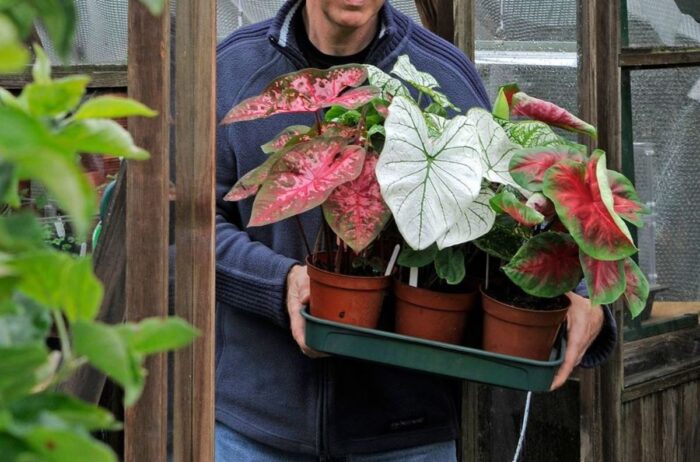
One of the best pieces of advice you can get when it comes to moving is to start planning your relocation as soon as possible. Moving may take several days or even weeks, and you will have to think about many different things. You will have to think about a range of tasks, starting from how to pack your valuables to having to transport your beloved plants safely.
Therefore, it is crucial to organize the transportation of your plants in a timely manner and not leave them as the last on the list of items to be moved. Plants require special attention, dedication, and care. Hence, it is important to ensure flawless packing and transportation for them.
2. Consider the needs and requirements of plants
Plants can be delicate, and they require your love and attention, so please dedicate time to plan the transportation of your plants. You should also consider:
- climate
- space
- lighting conditions
Because of that, many moving companies advise their clients to personally transport their plants due to their specific needs and potential legal regulations regarding the transportation of plants across borders. If you own exotic plants, make sure to comply with all regulations and policies, especially if your move is a long-distance one.
3. Don’t forget to water and take care of the plants’ soil
Water the plants a day or two before moving to ensure they are hydrated but not overly damp. You should also gently remove each plant from its current pot, being careful not to damage the roots.
After that, you can place the plant in its new container and add fresh potting soil, gently pressing it around the roots. Water the plants after transplanting and avoid exposing them to direct sunlight or extreme temperatures during transport. If the plant is in a pot, secure the pot by wrapping it with bubble wrap or packing paper and tape it in place.
4. Prepare your plants
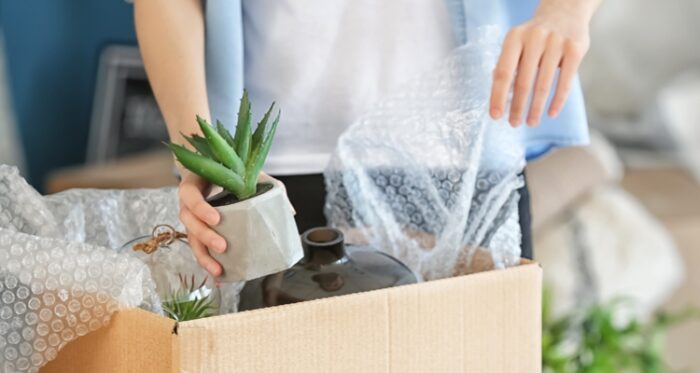
A few weeks prior to the move, ensure that your plants are free from dead leaves and branches by giving them a thorough pruning. In the week leading up to your move, take the time to eliminate any dust, pests, and weeds from your plants.
To minimize strain on your back during the plant-moving process, transfer them from their heavy pots and planters into lightweight plastic pots several weeks prior to the move. This will make it easier to relocate them to their new homes.
5. Carefully pack your plants
Packing is no easy task, especially packing delicate plants. Carefully place the potted or wrapped plant into the prepared container, ensuring it fits snugly to prevent shifting during transit. It’s important to fill the empty space with crumbled packing paper or old paper. Make sure that the plant is properly secured in the container. For larger plants or those without pots, wrap the root ball with damp sphagnum moss and enclose it in a plastic bag or burlap for moisture retention.
To ensure the stability and safety of your beloved plant during the move, it is recommended to insert bubble wrap or foam cushioning between the pot and the box. This precautionary measure prevents any potential shifting or tipping, providing an extra layer of protection. Do not try to pack indoor plants together with outdoor ones. Pack them separately to avoid bugs from crossing from one plant to another.
In order to safeguard tall plants from potential damage during transportation, it is advisable to enclose them in bags or wrap them in protective plastic. Delicate branches, stems, and flowers are susceptible to harm when exposed to the jostling of trucks or excessive handling. However, it’s essential to remember to puncture some holes in the plastic to allow proper ventilation for your plants.
It is also important to ensure that you don’t leave excess empty space around the plant to prevent it from tumbling during transport. If you’re planning a plant relocation, it’s crucial to print an inventory list to ensure a smooth transition for your botanical companions
6. Safely transport plants
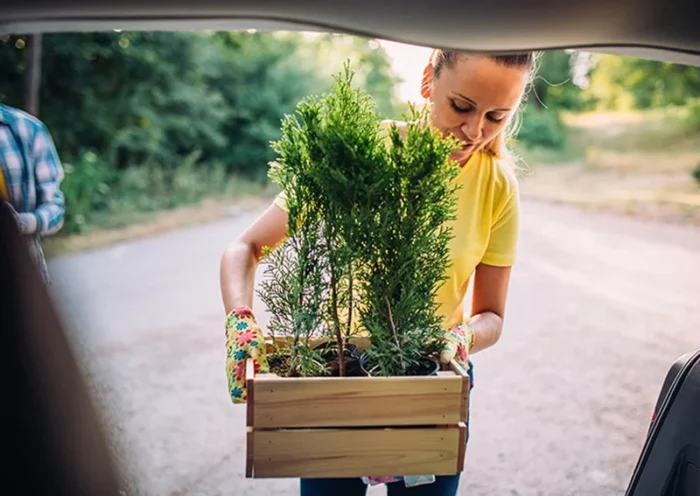
We already discussed how important it is for plants to be in a temperature-controlled environment. That’s why you should avoid exposing the plant to direct sunlight or drafts during transportation. If your move is a long-distance one, chances are that everything will be more complex, from organizing the move to transporting plants. Please water them appropriately and pay close attention to their watering needs.
Remember, some plants may have precise requirements or regulations for transport due to specific rules or their sensitivity. It’s crucial to research and comply with any policies and guidelines provided for transporting particular plant species or crossing borders.
Plants enrich your home
Houseplants bring a distinct sense of warmth, liveliness, and hospitality to any home. They effortlessly blend into the family, becoming cherished members that are not easily separated and necessitate relocation alongside you.
Caring for plants is a wonderful task. It is said that plants can perceive and feel more than we can imagine. Plants also enhance your home and are a crucial element in decorating your new environment, which should be a reflection of your personality and preferences. A crucial element in decorating your new environment, which should be a reflection of your personality and preferences. By following these guidelines, you can transport your plants to their new location safely while minimizing stress and potential damage.


